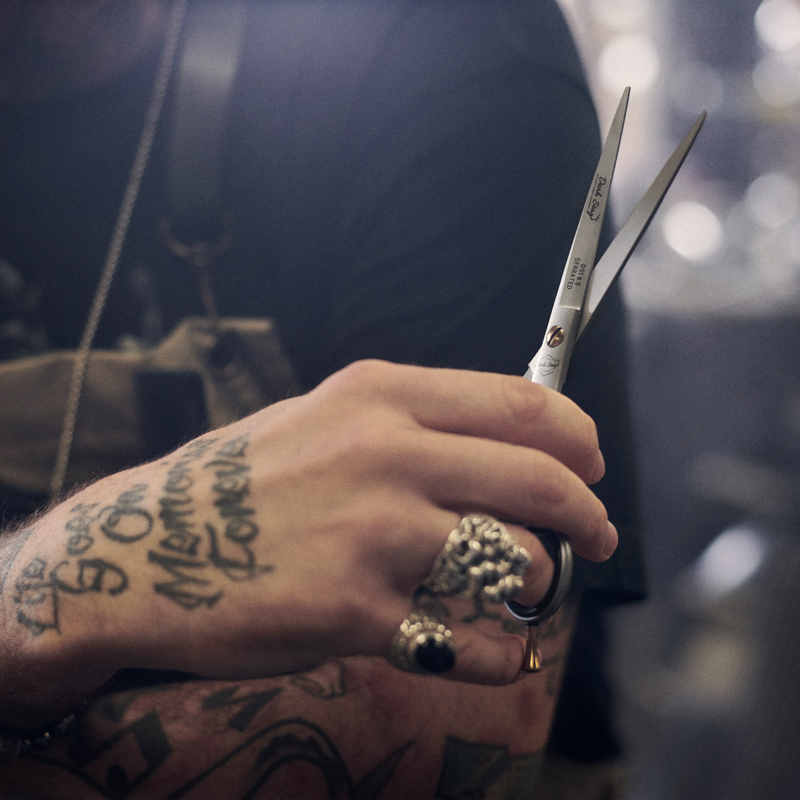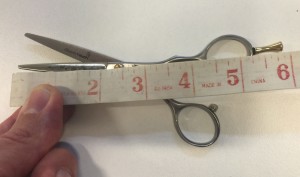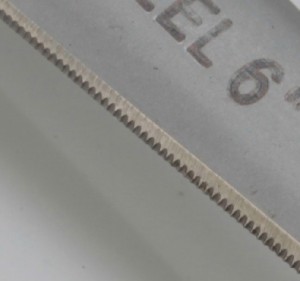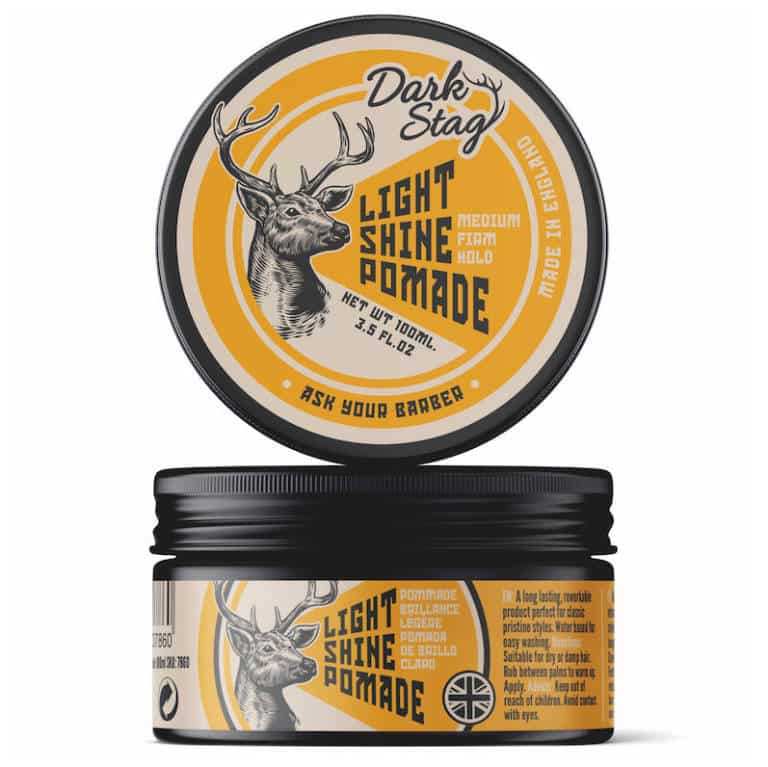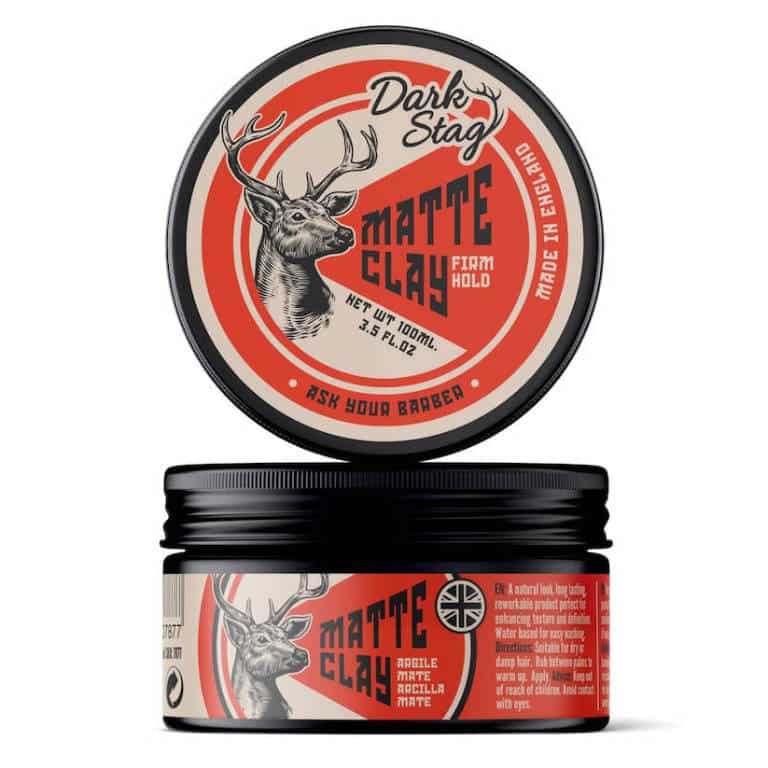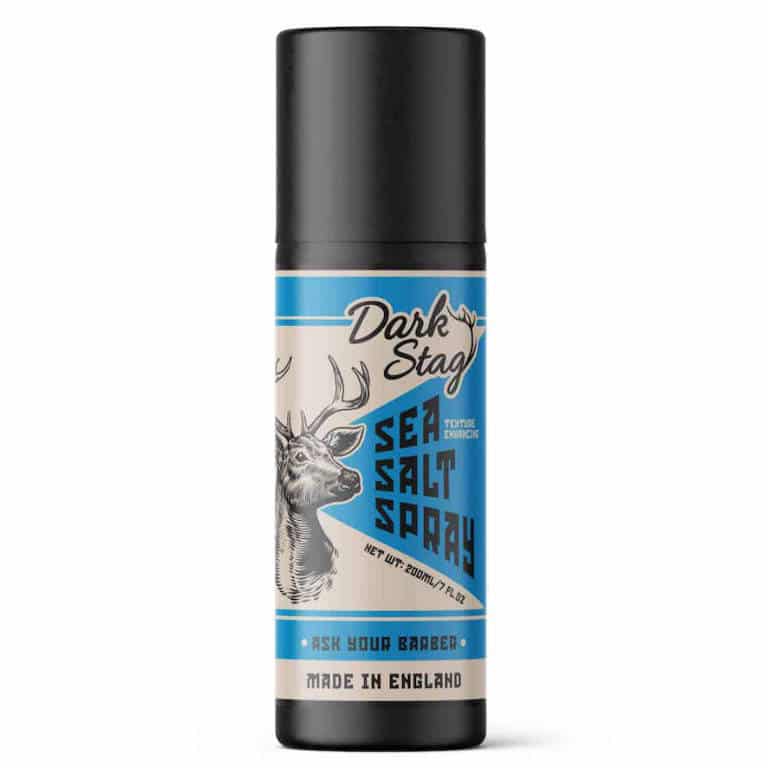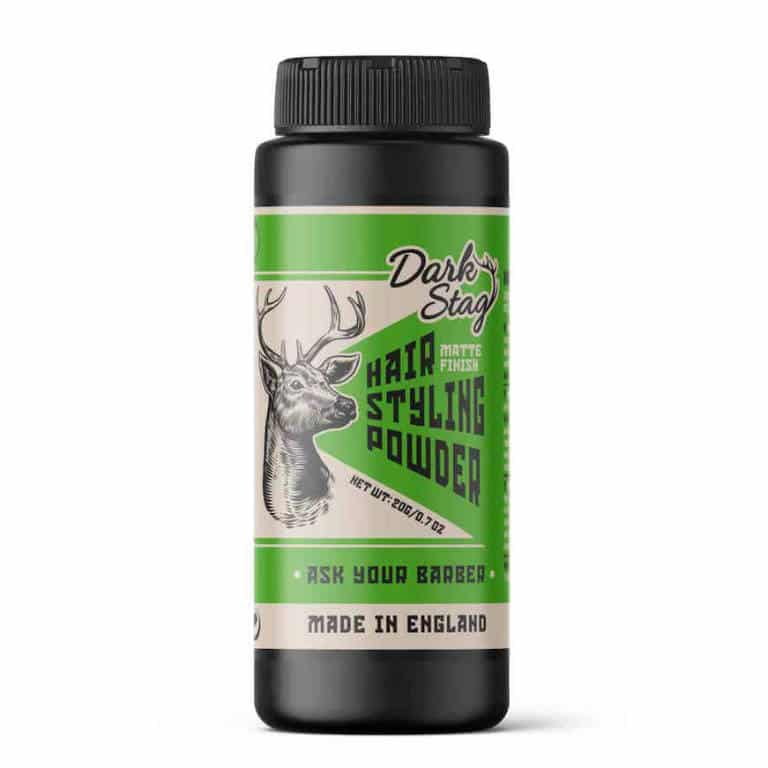The Best Scissors For Barbers
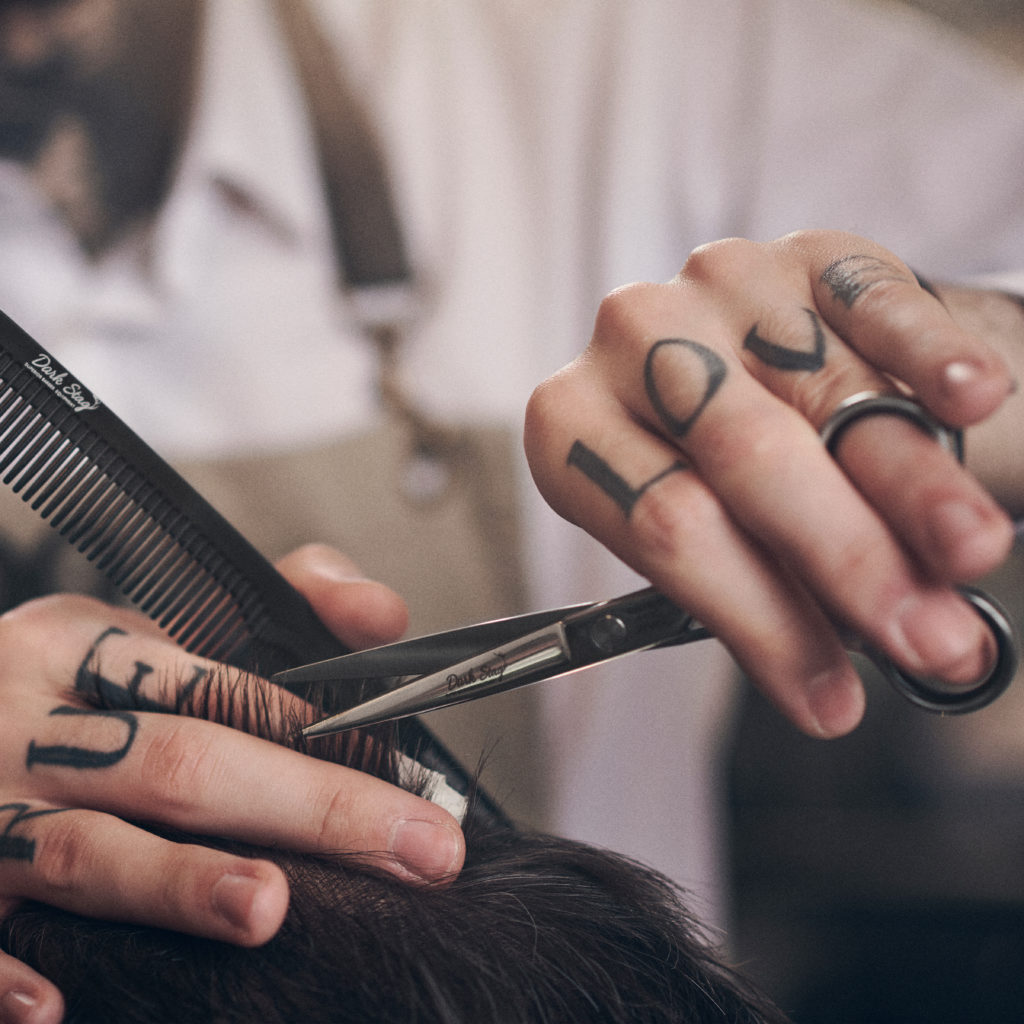
We’re here to help you choose the best barber scissors money can buy. No matter if you know them as barber scissors or barber shears, it’s undeniable that the sharpest tools in your tool kit are the most vital. We’ve teamed up with our friends at Glamtech to cover some barber basics – welcome to our guide on how to choose the best hairdressing and barber scissors.
Comfort
First and foremost, your professional hairdressing scissors must feel comfortable. Ergonomic barber shears reduce strain on the hand, wrist and elbow, freeing stylists from the threat of injury and minimising the risk of developing repetitive strain injury or carpal tunnel syndrome in later life. These are common complaints in the barbering and hairdressing businesses, but the best barbering scissors are designed to minimise such dangers. Here’s how to hold your hairdressing scissors correctly.
Your little finger sits on the finger rest; you can remove this on most Dark Stag models for increased freedom. Next is the ring finger – it goes in the top finger hole. Your first two fingers sit along the stem with your thumb sitting comfortably in the bottom hole (see images).
Styles Of Hairdressing Scissor – Straight vs. Offset
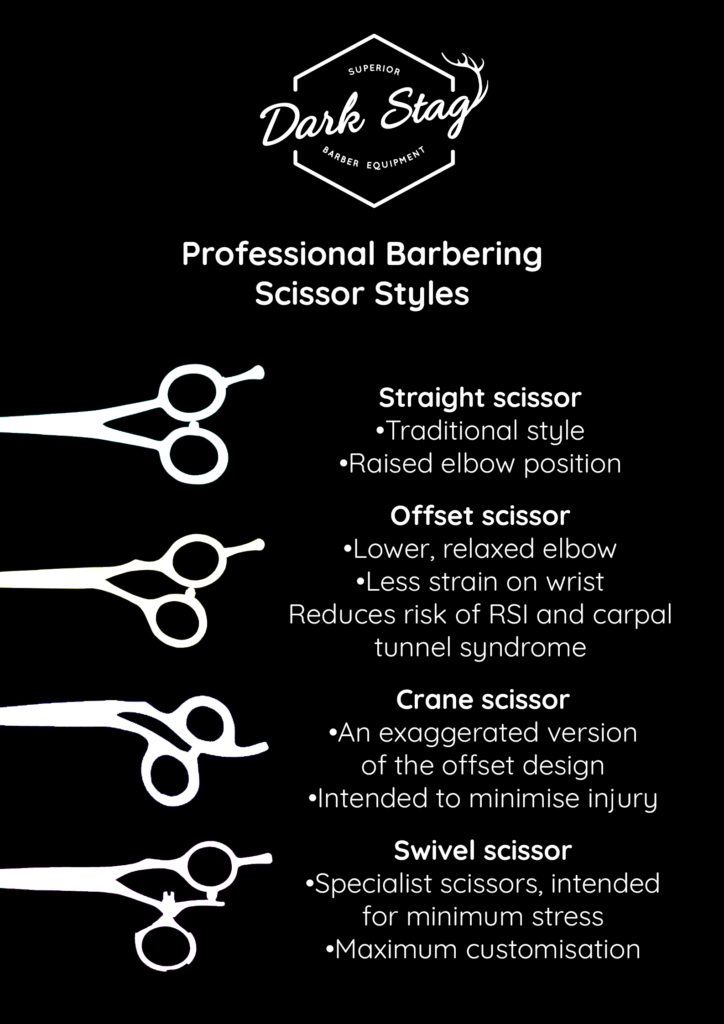
When you’re looking to choose the best hairdressing scissors, there are endless styles and shapes available. The main layouts of scissor handle are straight scissors (also known as ‘level set ’, ‘level scissors’ or ‘even handle’) and offset scissors. Straight scissors are a traditional layout with finger and thumb holes set in a direct, level line (see graphic). With offset scissors, the thumb hole is moved inwards towards the screw of the scissor.
In the UK, straight scissors are often popular with barbers. Straight scissors are often supplied to hairdressing students in their tool kits. Crane handle scissors are more curved, so are an exaggerated version of an offset scissor. Some scissors even feature rotating thumb holes for additional flexibility. A straight scissor is a more straightforward design allowing hair stylists’ elbows to move at higher positions. An offset scissor enables a stylist’s elbow to work in a lower and more natural position – this reduces risks of RSI and Carpal Tunnel Syndrome (see Andy’s video below for a demonstration of how to hold your barbering scissors correctly). Control and comfort should have the ultimate impact on your decision when choosing barber scissors.
When I choose the best barber scissors – What Size Should I Choose?
The size of barbering scissor you choose is largely down to personal preference. Simply put: the longer the blade, the quicker you can cut hair. A barber scissor is often larger than
regular hairdressing scissors. Why? It’s partly down to the speed of the haircut and also the average size of a male barber’s hand compared to a female hair stylist.
There has been a significant shift over the last few years to bigger hairdressing scissor sizes overall. The length of any hair scissor is measured from blade tip to the end of the furthest finger hole (not including the finger rest). For example this is a 5.25” scissor:
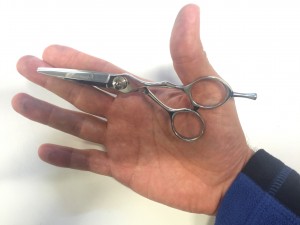
A common method for choosing the best barbering scissors to suit you is to place the finger hole at the base of your thumb; the tip of the blade should reach the last section of your middle finger. Here’s an example of the right size in Andy’s hand.
Choosing The Right Barber Scissors – What Cutting Edge Should I Choose?
Serrated scissors or micro-serrated scissors? One of the scissor’s blades will feature serrations; these grip hair and allow a straight cut, with no hair slipping through your scissor’s blades. Serrated scissors are often used by hairdressing students as they are easy to cut with, and master the basics with. In order to choose best hairdressing scissors, it is important to consider how they will be used. For example, barbers often use serrated blades because they last long without sharpening – like a bread knife! Due to they way they cling, it is not possible to use them for slice cutting or chopping in, as they will grip the hair.
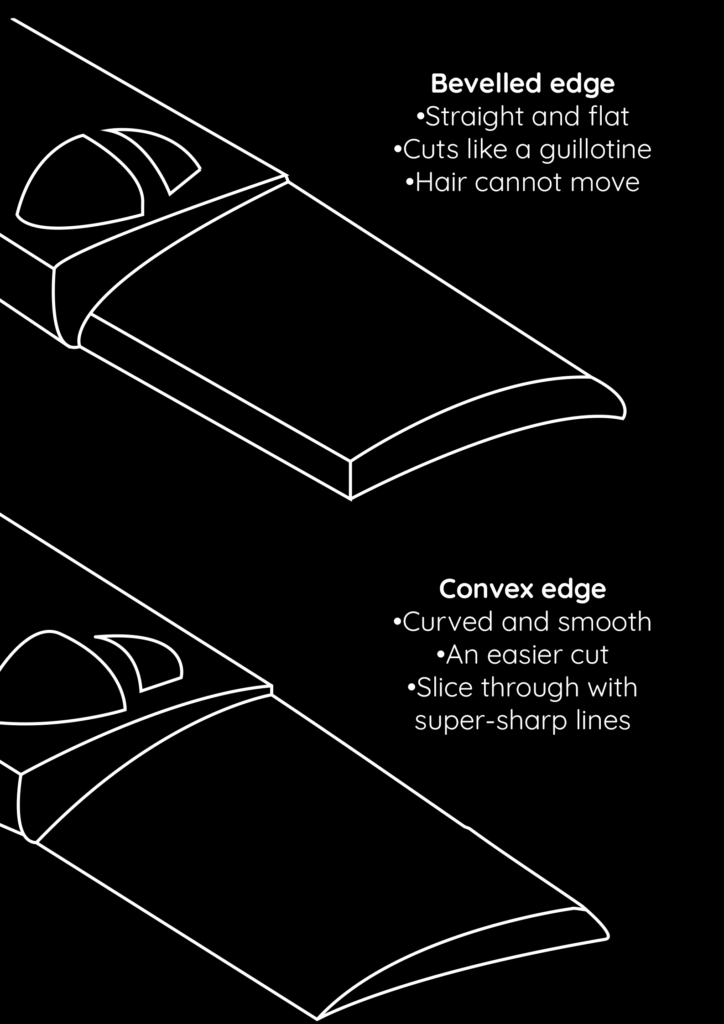
Convex edge scissors: The majority of Dark Stag and Glamtech scissors feature convex edges. These are the sharpest and smoothest cutting blades and are purposefully designed to provide a cleaner, crisper cut. To choose the best hairdressing scissors for slice cutting and chopping in, you can’t beat a convex blade!
The Best Barber Scissors For You – Can I Buy Left-Handed Barber Scissors?
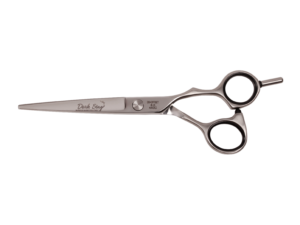
Around 12% of all UK hairdressers are left-handed, but the percentage of left-handed scissor sales are much smaller. In order to choose the best hairdressing scissors, it is obviously recommended to choose one suited to your strongest hand! if you are left-handed and want to choose the best hairdressing scissor… choose a lefty!
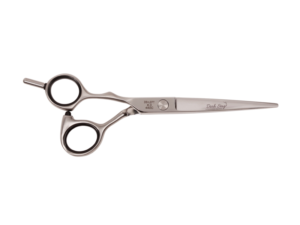
As with many musical instruments, left-handed stylists typically make do with the wrong scissors and just get used to them… obviously, this is not ideal. A left-handed hairdresser should use left-handed scissors because the blades are specially set up to make cutting easier and reduce strain on the hand. We proudly offer the Dark Stag DS+ in a lefty variant.
So there you have it! Any questions? Contact us and fire away – we’d be happy to help you begin your barbering journey. For inspiration on the latest hair styles visit: The Hairdressers Journal gallery.
More from Dark Stag
- Sign up to the Dark Stag newsletter for tips, tricks and special offers from the folks at Dark Stag.
- Want to watch hours of hairdressing tips and tricks? Check out Dark Stag’s YouTube channel!
- It’s not just scissors we sell! Click here to look at the best equipment bundles new barbers can buy!
- Barbers are stronger together! Follow our Instagram page for all the latest from Dark Stag HQ.






